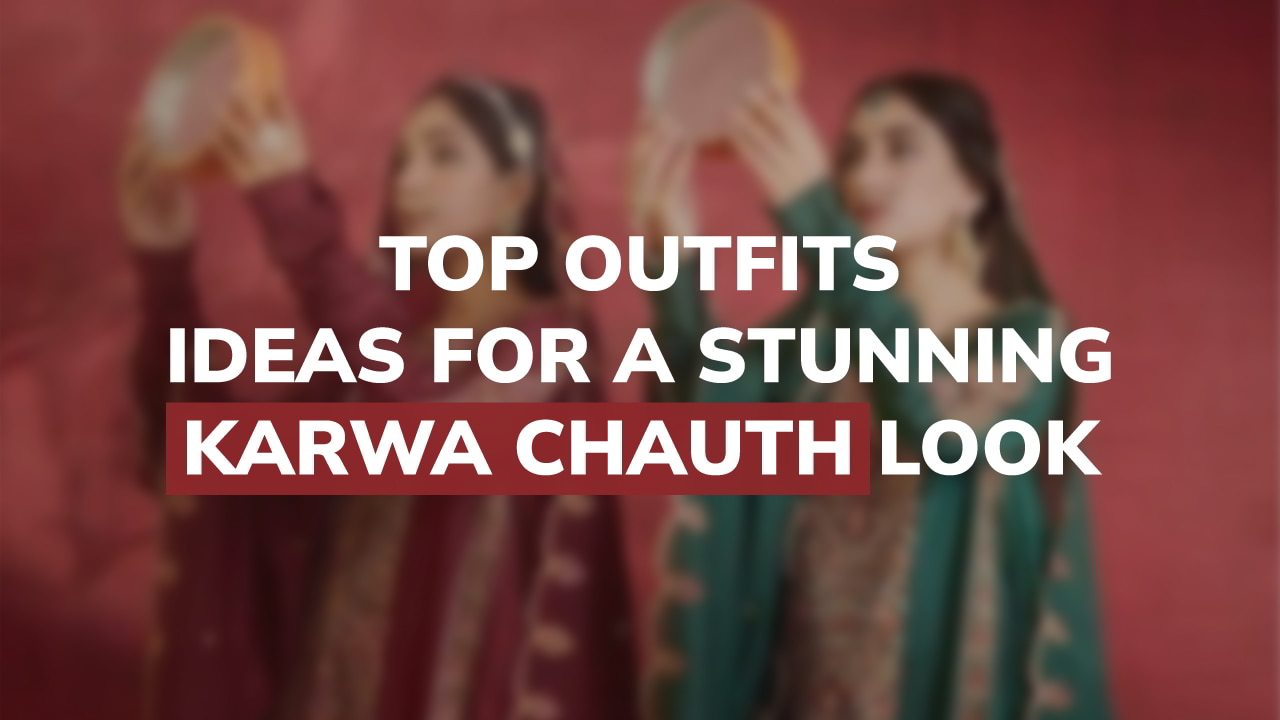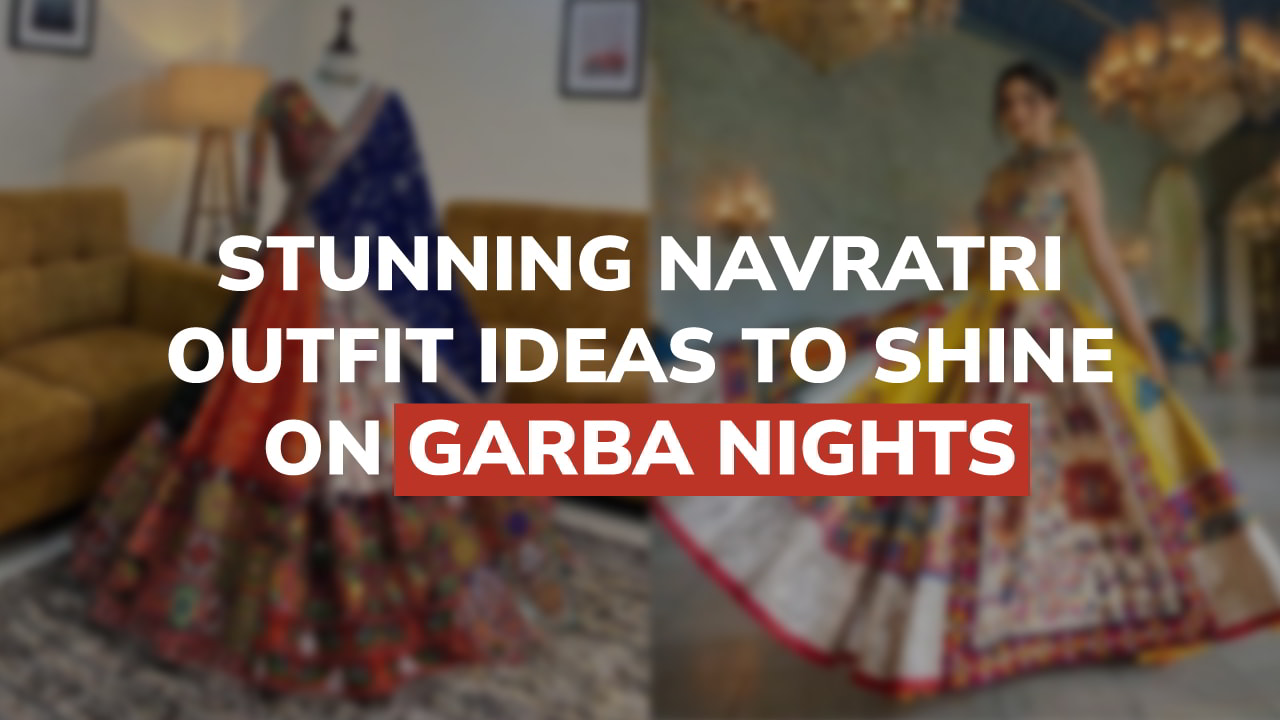TOC
The Importance of Social Media for Fashion Marketers –
- Social Media Strategy 1: Utilizing Instagram and Facebook
- Social Media Strategy 2: Influencer Collaborations
- Social Media Strategy 3: Video Content
- Social Media Strategy 4: Pinterest for Fashion Inspiration

Have you ever wondered, in this 21st century – with Gen Z, the digital boom, and everything in between – which is the ultimate go-to for brands to connect with customers?
It’s none other than Social Media!
Let’s rewind a bit. Remember when fashion was all about those artful magazine pages and TV ads?
Well, fast forward to today, social media has quickly overtaken traditional marketing methods.
Today, we witness a digital revolution, with social media at the forefront of business strategies. The fashion industry recognizes this and has made social media a core part of its approach.
Social media not only allows fashion brands to reach a global audience but also shapes fashion trends and what consumers want to buy.
Don’t just take my word for it; see for yourself how social media is an integral marketing tool for building brand awareness, influencing shopper choices, and much more.


Consider these impressive statistics:
– 44% of local businesses use social media to become more known.
– Posts that include images get 6x the engagement of those without, boosting your brand’s presence.
– Over 500 million users interact with Instagram Stories daily, so brands looking to widen their audience should use this feature.
– Influencer marketing can deliver a return on investment 11x higher than traditional advertising which is ideal for brands aiming to make an impression and draw in new clientele.
– Being active and responsive on social media improves a brand’s image, with 63% of consumers expecting customer service through these platforms.
In summary, leveraging various facets of social media can elevate your brand’s visibility and customer relations greatly.
Now that you’re aware of the powerful impact of social media in boosting brand recognition and significantly increasing conversion rates, let’s examine the stats that reveal how beneficial social media is for the fashion industry:


– Influencers produce 57% of the content related to fashion and beauty on YouTube.
– 60% of people on Instagram report finding new products on the site.
– Posts that include hashtags get 13% more engagement, which is vital for fashion and beauty trends.
– 41% of consumers trust pictures from other customers over professional studio photos when buying fashion items.
– 44% of consumers want brands to showcase new products through live videos.
Understanding the influence of social media in the fashion industry is critical. Now, let’s examine essential social media strategies that every fashion marketer must adopt.
Social Media Strategy 1: Utilizing Instagram and Facebook


Different social media platforms attract potential customers, but some are more effective for sales than others. Statistics indicate that Facebook and Instagram are among the top sites for learning about, exploring, and purchasing fashion items.
Since Facebook, now known as Meta, owns Instagram, advertising on both can be managed simultaneously through Facebook Ads Manager with ease.
Facebook has an impressive active user base of 3.03 billion worldwide. Nearly 40% of these users find fashion inspiration on Facebook, making it a prime place to attract new followers and build brand loyalty, especially among women aged 18 to 34 who are influenced by celebrities and influencers.
Here’s how to use Facebook effectively for fashion marketing:


– Broadcast live events
Videos draw viewers, but live videos are even more engaging. Use Facebook Live to show what happens behind the scenes at fashion events, interview a celebrity, or host a question-and-answer session with a makeup expert.
– Share videos that sell
When creating a video, add interactive features that let viewers shop directly from it. They’ll be able to click on products to learn more or to buy them immediately.
– Collaborate with influencers
Social media personalities can sway shoppers, especially in beauty and fashion. Team up with these influencers for more visibility and access to their audience, and you’ll also gain fresh content ideas.
– Engage with your fan groups and fashion communities regularly
By actively participating and showing appreciation to your most dedicated followers, they are more likely to become repeat customers and recommend your products to others. Similarly, contribute to fashion forums that align with your brand every so often.
– Introduce a chatbot
Utilize a chatbot through Messenger to perform several functions, such as responding to customer inquiries or suggesting personalized outfits. Chatbots can also offer more advanced services like virtual try-ons or scheduling visits to physical stores.
– Use targeted ads effectively
Facebook’s Dynamic Product Ads can enhance your retargeting strategies by showing users the products they viewed or added to their cart but didn’t buy, encouraging them to reconsider and complete their purchase. Improve the effectiveness of these ads by providing additional incentives such as discounts, free delivery, or time-sensitive deals.
Instagram is even more influential in the fashion domain. It is the leading platform for discovering fashion products and reaching an audience—with 28 million Instagram users in the UK alone. For engaging content on Instagram, mobile-friendly story ads are shown to be more effective than highly-produced advertisements.
Here’s how to use Instagram effectively for fashion marketing:


– Optimize Your Instagram Profile
Before anything else, make your Instagram profile better. You should:
– Choose an Instagram username that’s easy to search for, like your brand name or brand name followed by your country’s initials (e.g., ‘BrandNameIN’ for India).
– Have a profile picture that stands out and a consistent feed that’s visually clear.
– Set up your Instagram shop correctly with at least your most popular products showcased.
– Post new content regularly.
– Share Instagram Stories often.
– Save your top Stories in the Highlights section of your profile.
– Write an Instagram bio that quickly explains your brand, using keywords people might search for.
– Develop a hashtag strategy with up to 30 relevant hashtags per post, including ones specific to your brand.
– Make the Most of Instagram Stories
If you’re not entirely using Instagram Stories, you’re missing opportunities to be seen and connect with followers. Since Stories appear separately from the main feed, they allow you to:
– Give a sneak peek behind the scenes of your business.
– Preview new collections through videos.
– Adapt blog posts into Story series with text or narration.
– Film on location during photoshoots for new collections.
– Announce upcoming sales in advance.
– Create “how-to” guides for styling your products.
– Share content made by users (with their permission).
– Educate followers about your products or services through informative Stories.
– Make Your Content Stand Out
To do well on Instagram, focus on sharing content that is both relevant and of excellent quality. Engage your audience with practical tips, how-to guides, and tutorials. Offer free trials. Engagingly tell your brand’s story. Use videos, detailed articles, sound recordings, or image slideshows.
Teach your followers something new with Instagram Stories, feature presentations, or educational slideshows. Show that you understand the challenges your audience faces and offer solutions.
Foster a sense of community and keep the conversation going. Maintain interest and build strong connections through Instagram and your other platforms. Remember, instant success is rare. Keep trying new ideas to find out what content resonates with your audience.
Launch Influencer Marketing Campaigns
For fashion brands on Instagram, working with influencers can be a very effective way to showcase your products and reach more people. This partnership also gives you extra content to share. Mix influencer or user posts with your scheduled posts to promote your items better. Each photo or video an influencer posts saves you from making one yourself!
Be imaginative with influencer projects—request styling sessions, how-to videos, or shopping guides. Just make sure to set clear goals for these campaigns before they start.
Track their effectiveness by looking at their reach and how much people interact with them. Read comments and keep track of sales numbers and transaction sizes if influencers use unique promo codes.
– Improve Your Call-To-Actions (CTAs)
If people enjoy your Instagram posts and frequently interact with them, that’s excellent news. Your content might inspire some to visit your website and shop, which is fantastic. Instagram Shopping can speed up this shopping process.
However, if you regularly update your inventory, like a fast-fashion retailer with new weekly items, it may be challenging to have every product listed in your Instagram Shop.
That’s why having straightforward and enticing CTAs is vital—they guide followers to where they can watch videos, see products, or get more information.
Using Instagram Shopping Features
Instagram Shopping transforms user engagement into sales and is essential for fashion brands using Instagram as a primary sales platform.
To get started with an Instagram Shop:
1. Have an Instagram business account linked to a Facebook page.
2. Create a Business Manager account to build your shop in Commerce Manager.
3. If you have a Facebook Catalog, use it to tag products on Instagram.
4. If you still need to, prepare your business account, then link your shop to e-commerce platforms like Shopify or BigCommerce for automatic product details upload.
5. Alternatively, manually upload product descriptions, images, and prices into your Catalog.
6. Once products are added to the Instagram Shop, submit your account for review and enable Shopping features to start tagging products in posts and stories.
Social Media Strategy 2: Influencer Collaborations


Are you aware that the industry for fashion influencers worldwide is currently worth $1.5 billion? It’s also predicted to grow by 35.7% by the year 2027.
So, what exactly is influencer marketing? It’s a way for companies to advertise their products by working with famous individuals—known as influencers—who have many followers on social media or other internet platforms. Influencers specialize in certain areas, like fashion, and their followers trust them.
The key to this marketing tactic is that influencers use their trusted status and broad audience to convince their followers to buy certain products or services.
Now, let’s look at the different levels of influencers:
– Nano-influencers: These are people with less than 5,000 followers. They usually cost less for companies to work with and have a very engaged following.
– Micro-influencers: They have between 5,000 and 20,000 followers.
– Mid-tier influencers: Their follower count ranges from 20,000 to 100,000.
– Macro-influencers: They have a large following of 100,000 to 1 million people.
– Celebrity influencers: These are the ones with over a million followers.
The Role of Influencer Marketing in Fashion
Influencer marketing has become vital to the fashion industry for several reasons. It gives shoppers new and trustworthy fashion ideas from real-life situations. This builds a stronger emotional bond between consumers and fashion brands.
The industry also benefits from diversity in influencer marketing. Many influencers promote positive messages about different body types and inclusivity.
Additionally, influencers talk directly with their followers, gaining immediate feedback. This means fashion brands can better understand customer needs and adapt accordingly.
When it comes to trust, influencers are often seen as credible sources. Their approval of fashion products can make customers more eager to buy.
With an understanding of how influencer marketing helps, here are some tips for choosing the right influencers for your brand:


– The influencer should share your brand’s identity and values.
– Make sure the influencer’s audience is similar to your ideal customers.
– Check the influencer’s engagement level with followers, likes and comments, but watch out for fake interactions.
– Choose honest influencers with a track record of truthful reviews.
– The quality of the influencer’s content should be high and echo your brand’s standards.
– Opt for influencers who regularly post content that fits your brand’s message.
– Know if they have worked with competitors before; it may inform your decision.
– Look at past campaigns to judge their professionalism and success in promoting products.
– Set clear goals for the campaign and make sure the influencer can meet them.
Social Media Strategy 3: Video Content


Fashion videos are becoming a popular advertising tool. They connect easily with people through posts on social media, personal web pages, or other websites. They quickly show potential customers what your clothing looks like.
Let’s talk about two critical platforms for your fashion video content:
YouTube:
With over two billion monthly visitors and a billion hours watched daily, YouTube can significantly boost your brand’s visibility and engagement.
You can share fashion advice, trends, product demonstrations, advertisements and discounts or explain your products here. Encouraging viewers to visit your website at the end of your videos can also increase web traffic. The opportunities are vast.
TikTok:
Pay attention to TikTok as a source of income. While your fashion brand may need to adapt its advertising videos for the platform, the effort can pay off as over a billion people use TikTok.
Here are the types of Videos That Benefit Fashion Brands


– Product Highlight Videos
These videos focus on the features of a popular item or introduce a lesser-known product. You can share videos of your clothing being made and designed on social media.
Real Customer Reviews
People often look for genuine reviews and ratings when buying fashion items online. Share videos where customers talk about their real experiences with your products. This builds trust in your brand.
Instructional Videos
A well-made instructional video can be very useful. It lets customers see the product up close and understand its features before buying it, which is also an engaging way to promote your brand.
Other helpful video types include promotional clips, teasers, educational content, storytelling, and thank-you messages. These can all increase brand awareness and customer interest.
Social Media Strategy 4: Pinterest for Fashion Inspiration


Pinterest is a social network that focuses on sharing images where users can “Pin” pictures and links to collections called boards.
If you run a fashion brand, Pinterest can be a powerful tool as many people use it to find new items and make purchase decisions; 70% discover new products there, while up to 90% use it to help choose what to buy.
How to Use Pinterest for Your Fashion Brand:


– Make It Easy for Users to Discover Your Products
People use Pinterest to find the latest fashion. Make sure they notice your brand by using popular fashion-related keywords in your posts. Create organized boards to categorize your content, making it more straightforward for users to find what they want.
– Sell Directly Through Pinterest
Many users buy products they find on Pinterest. To take advantage of this, link your pins directly to your product’s purchase page. Put all necessary details on these shoppable pins, such as price and description. Pinterest also has ‘Shop the Look’ pins, which allow users to see and shop for individual items in a picture.
– Integrate Pinterest with Your Website
Adding a “Save” button on your website lets visitors save items they like on their own Pinterest boards, which might lead them to make a purchase later. You can also use other tools like widgets and the Pinterest Tag to direct visitors from your website to your Pinterest content.
– Advertise Your Pins
After creating pins, consider promoting them. Paid promotions mean more people see your content, potentially leading to more sales and website visits. Promoted pins appear the same as regular ones but can reach a larger audience.
Curious to learn more about excelling in your fashion game with tested and proven social media marketing tactics? Give our friendly experts a shout—we’re all ears and can’t wait to help!
Author
Step into the stylish world of fashion with Preet Kaur, a fashion blogger and industry expert. With a keen eye for detail and a passion for style, Preet illuminates the latest trends and timeless classics through her captivating blog posts. Her blogs serves as a comprehensive resource for fashion enthusiasts, offering valuable tips on everything from wardrobe essentials to high-fashion looks. Preet's insider know-how, garnered from years of experience in the fashion industry, provides readers with exclusive insights into fashion design, styling techniques, and industry secrets. Whether you're a budding designer, a seasoned professional, or simply someone who loves fashion, Preet Kaur's blog is your go-to destination for inspiration, education, and a touch of glamour.





